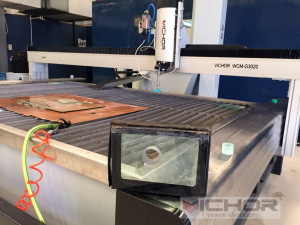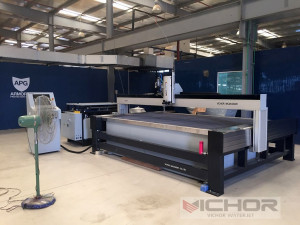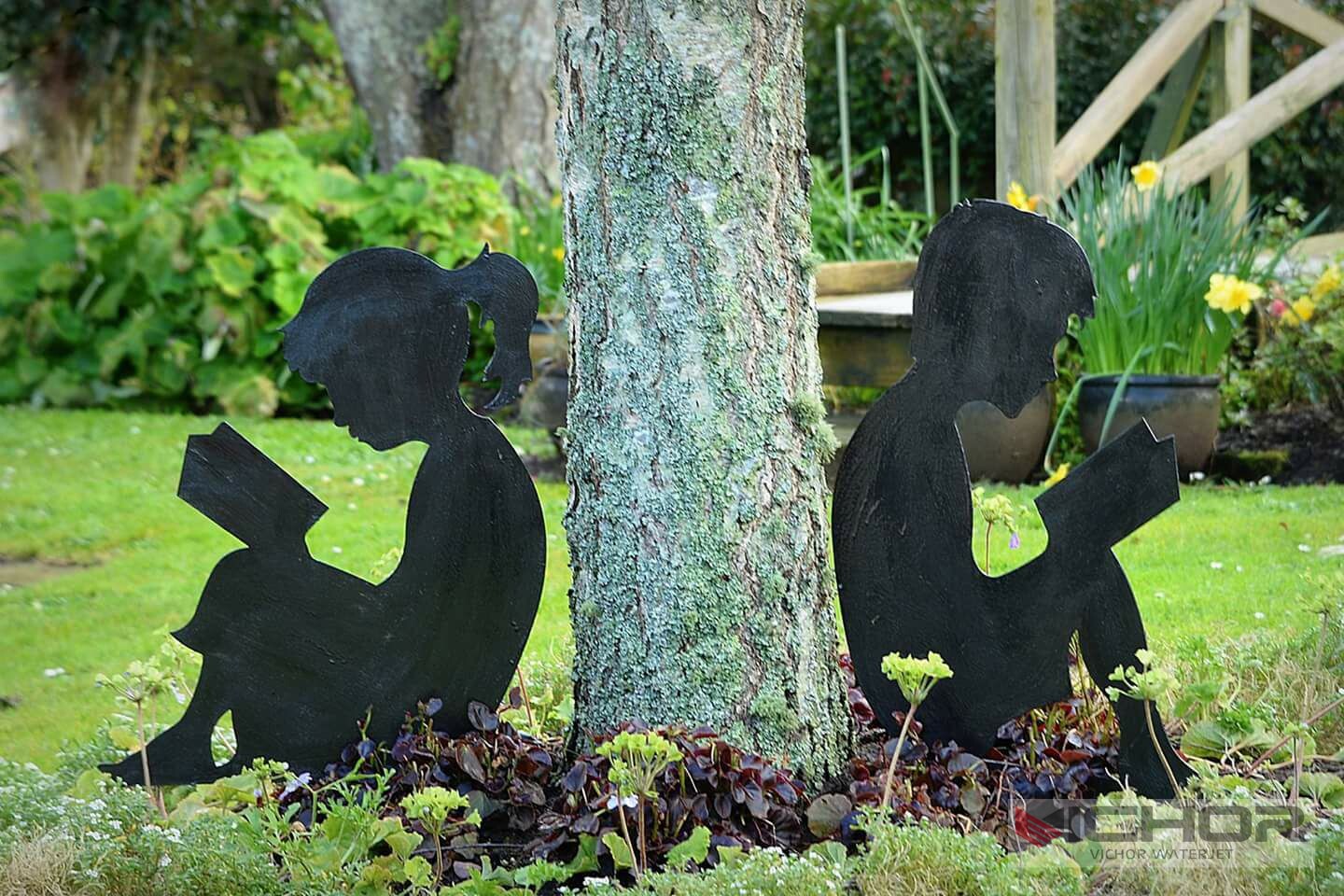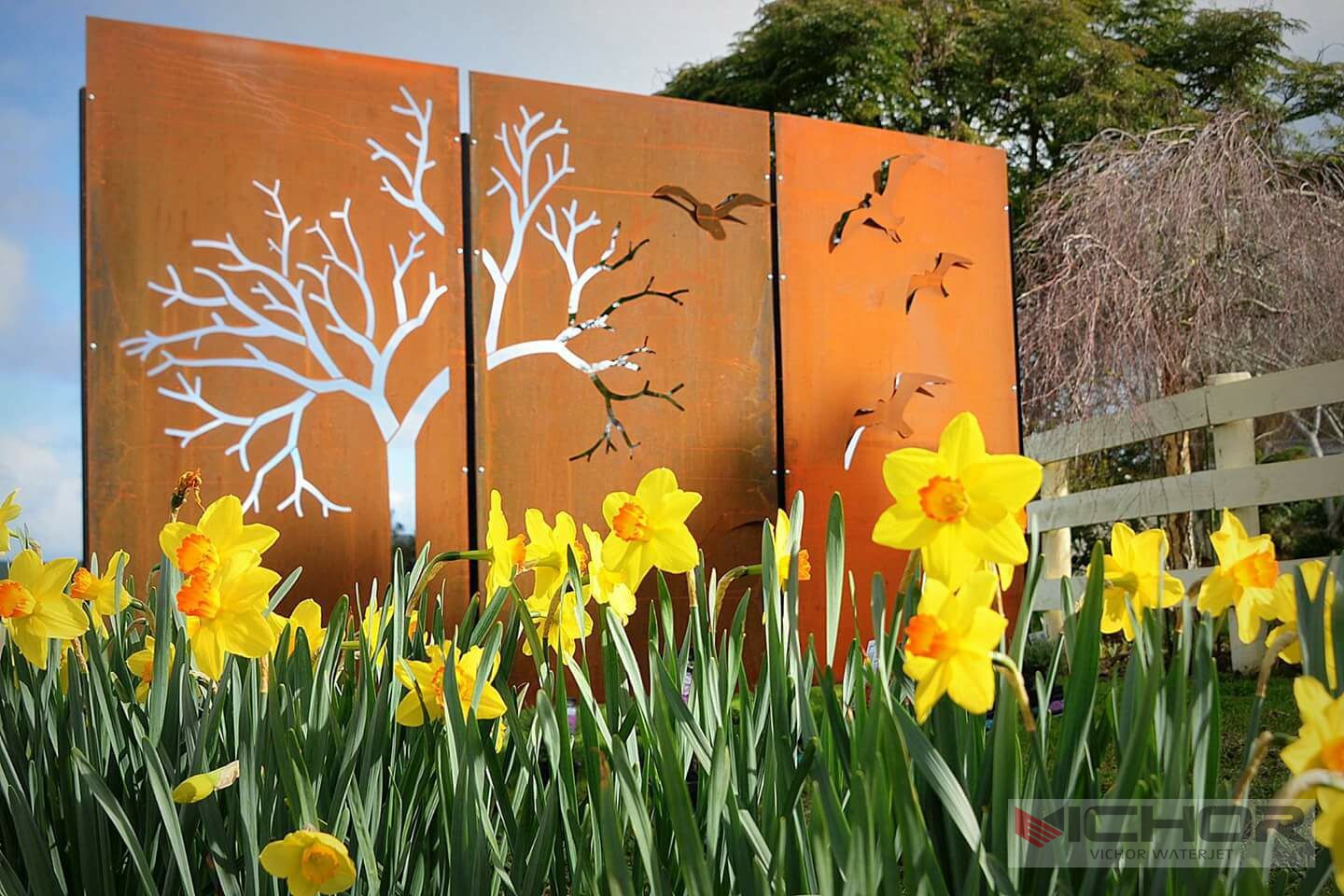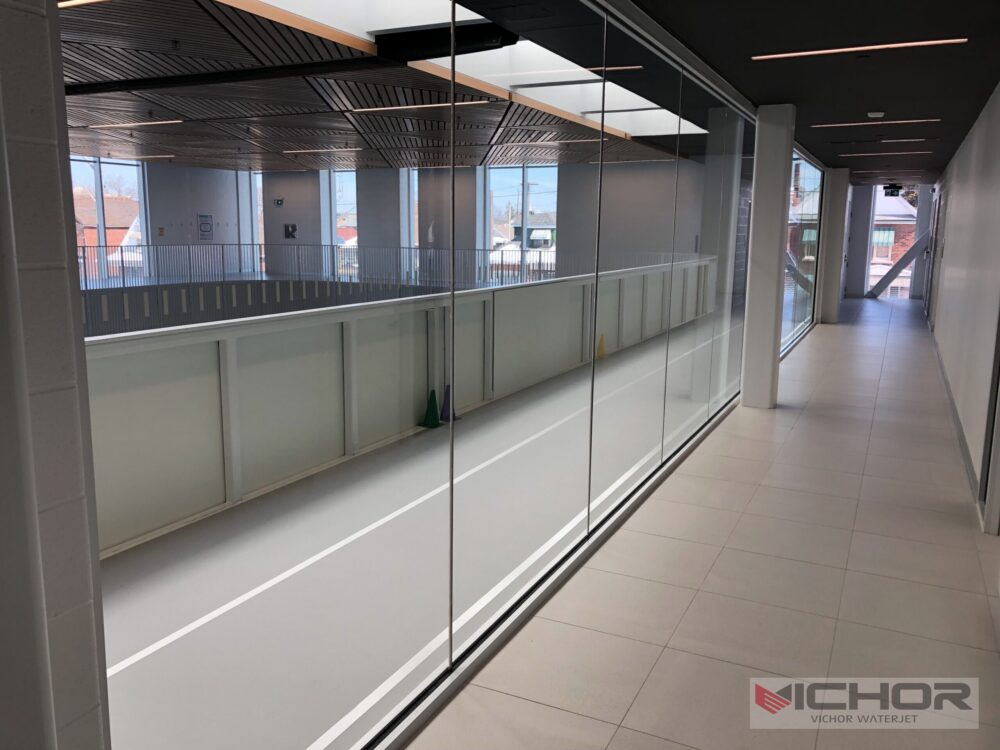
Armoured Glass Waterjet Cutting: Precision, Safety & Versatility for Demanding Security Glazing
Armoured glass, encompassing bullet-resistant, blast-resistant, and forced-entry-resistant glazing, is a critical component in modern security infrastructure. From banks and embassies to vehicles and high-risk facilities, its ability to protect lives and property is paramount. However, shaping this incredibly tough material presents unique challenges. Traditional cutting methods often fail or compromise the glass’s integrity. This is where armoured glass waterjet cutting emerges as the superior, indispensable solution. Combining immense power with delicate precision, waterjet technology unlocks the ability to fabricate complex shapes and sizes in laminated security glass without inducing thermal stress or structural damage. This article delves deep into the process, benefits, and applications of armoured glass waterjet cutting.
What is Armoured Glass Waterjet Cutting?
Armoured glass waterjet cutting is a cold-cutting process that utilizes an ultra-high-pressure stream of water, often mixed with an abrasive garnet sand, to erode and cut through the tough layers of laminated security glass. The core components are:
High-Pressure Pump: Generates water pressure typically between 60,000 and 90,000 PSI (4,100 to 6,200 bar).
Intensifier or Direct Drive Pump: Creates the extreme pressure needed.
Cutting Head: Focuses the high-pressure water into a coherent stream. For armoured glass, an abrasive (usually garnet) is introduced into the stream just before the nozzle, creating an abrasive waterjet capable of cutting hard materials.
Motion System: A highly precise CNC (Computer Numerical Control) system guides the cutting head along the programmed path over the glass.
Catcher Tank: Positioned beneath the material, it absorbs the spent water and abrasive stream’s energy and contains debris.
The process involves programming the desired shape into the CNC system. The high-pressure pump forces water through a tiny orifice (typically 0.010″ to 0.015″ / 0.25mm to 0.38mm in diameter) in the jewel nozzle, creating a pure waterjet. For cutting hard materials like armoured glass, abrasive particles (garnet) are then sucked into a mixing chamber within the cutting head and entrained into this ultra-fast water stream. This abrasive-laden jet exits a focusing tube (also called a mixing tube or nozzle) at supersonic speeds (around Mach 3), creating a highly focused erosive force that microscopically chips away at the glass and polycarbonate/polyurethane interlayers.
Why Waterjet is Superior for Armoured Glass Cutting (Advantages)
Cutting armoured glass with traditional methods like saws, drills, or lasers poses significant problems. Armoured glass waterjet cutting overcomes these limitations decisively, offering unique advantages:
No Heat-Affected Zone (HAZ): This is arguably the most critical advantage. Lasers, plasma, or even high-speed saws generate intense heat. This heat can:
Melt or Degrade Interlayers: The crucial PVB (Polyvinyl Butyral), SentryGlas® (Ionoplast), or polycarbonate layers bonding the glass plies together can melt, bubble, delaminate, or lose their optical clarity and adhesive properties. This severely compromises the glass’s ballistic or blast integrity. Waterjet cutting is a cold process, preserving the interlayer’s integrity completely.
Induce Thermal Stress Cracks: The extreme thermal gradient from hot cutting methods can cause micro-cracks in the glass itself, invisible to the naked eye but acting as failure points under stress. Waterjet eliminates this risk.
Exceptional Precision and Complex Geometry: CNC-controlled armoured glass waterjet cutting achieves remarkable accuracy (typically within ± 0.005″ / 0.13 mm) and repeatability. It can produce intricate shapes, tight radii, internal cutouts (holes, notches), bevels, and contours that are impossible or prohibitively expensive with mechanical methods. This allows for custom designs, precise openings for hardware (locks, hinges, vents), and complex architectural integration.
Minimal Material Waste and Kerf: The waterjet stream is very narrow (kerf width typically 0.04″ to 0.08″ / 1mm to 2mm), significantly reducing material waste compared to wider saw blades. This is crucial given the high cost of armoured glass. Nesting software optimizes part placement on a sheet to maximize yield.
No Mechanical Stress or Chipping: Mechanical cutting (sawing, drilling) applies significant force and vibration to the glass, often causing edge chipping, spalling, or even catastrophic cracking, especially near holes or cutouts. The waterjet’s erosive action applies minimal mechanical force laterally, producing clean, chip-free edges with minimal micro-cracking.
Material Versatility: A single armoured glass waterjet cutting system can handle various security glass types (laminated glass with different glass thicknesses and interlayers, polycarbonate sheets) and even cut through other materials used in frames or assemblies (metals, composites, ceramics) without changing tools. This streamlines fabrication processes.
Environmental and Safety Benefits: The process generates minimal dust (a significant health hazard with mechanical glass cutting) and uses water as the primary medium. Modern systems often incorporate water recycling.
Key Technical Considerations for Waterjet Cutting Armoured Glass
Successfully implementing armoured glass waterjet cutting requires careful attention to several technical factors:
Abrasive Selection and Feed Rate: Garnet sand is the standard abrasive. The mesh size (e.g., 80 Mesh is common) and quality (high purity, angular grains) are critical for consistent cutting speed and edge quality. The abrasive feed rate must be precisely controlled and optimized for the specific armoured glass thickness and composition – too little slows cutting and increases taper, too much wastes abrasive and can widen the kerf unnecessarily.
Pressure and Flow Rate: Higher pressure (generally 87,000 PSI / 6,000 bar or above) significantly increases cutting speed for thick armoured glass. Maintaining consistent pressure and water flow is essential for uniform cut quality.
Cutting Speed and Nozzle Standoff: Cutting speed must be optimized. Too fast results in incomplete cuts or excessive taper; too slow wastes time and abrasive. The distance between the nozzle tip and the glass surface (standoff distance) needs precise control and consistency throughout the cut.
Taper Compensation: Due to the nature of the abrasive stream fanning out slightly as it travels, the kerf is naturally wider at the top of the material than at the bottom, creating a slight taper. For precision parts requiring perpendicular edges, especially in thick armoured glass, the CNC path must be programmed with taper compensation algorithms to adjust the head angle dynamically during the cut.
Material Fixturing and Support: Armoured glass panels are heavy and must be securely supported and held flat during cutting to prevent vibration or deflection, which negatively impacts cut quality and precision. Specialized slat beds or fixtures are used within the catcher tank.
Edge Quality and Finishing: While waterjet produces a smooth cut compared to mechanical methods, the edge will have a characteristic “satin” finish due to the abrasive erosion. For applications requiring optically clear edges or specific aesthetic requirements, secondary edge grinding and polishing may be necessary. However, the waterjet edge is structurally sound and ready for installation in most security contexts.
Design Flexibility and Applications Enabled by Waterjet Cutting
The precision and cold-cutting nature of armoured glass waterjet cutting unlock unprecedented design possibilities for security glazing:
Complex Architectural Openings: Creating non-rectangular windows, curved glazing, arched transoms, or custom-shaped panels for unique building designs.
Precision Hardware Integration: Cutting exact holes and cutouts for locks, deadbolts, panic hardware, vents, speakers, pass-through systems, electrical conduits, and mounting points with tight tolerances, ensuring perfect fit and maintaining the ballistic/blast rating around penetrations.
Custom Vehicle Armouring: Shaping armoured glass for windscreens, side windows, and rear screens in VIP vehicles, cash-in-transit vans, and military vehicles, including complex curves and mounting flanges.
Security Screens and Partitions: Fabricating intricate decorative security screens, teller line partitions with transaction trays, and access control doors with complex cutouts.
Blast-Resistant Glazing Systems: Cutting precise profiles for structurally glazed blast-resistant facades and curtain walls where edge conditions are critical for performance.
Repair and Modification: Precisely cutting replacement pieces or modifying existing armoured glass panels (e.g., adding new holes) without damaging the surrounding material.
Industries and Applications Relying on Armoured Glass Waterjet Cutting
The unique capabilities make armoured glass waterjet cutting essential across numerous high-security sectors:
Financial Institutions: Banks, credit unions, currency exchanges (teller windows, ATM surrounds, safe deposit areas, security doors).
Government and Diplomatic Facilities: Embassies, consulates, military bases, courthouses, police stations, prisons (windows, doors, control booths, visitor screens).
Commercial Security: Jewelry stores, high-end retail, pharmacies, data centers, corporate headquarters requiring high-security perimeters.
Transportation Armouring: VIP vehicles, cash-in-transit (CIT) vehicles, armoured trucks, military vehicles, aircraft cockpit doors.
Critical Infrastructure: Power plants (control rooms), utilities, chemical plants, LNG facilities requiring blast protection.
Residential Security: High-threat residences, celebrity homes, safe rooms.
Museums and Galleries: Protecting valuable exhibits while allowing visibility.
Armoured glass waterjet cutting has revolutionized the fabrication of security glazing. Its ability to deliver cold, precise, and intricate cuts in laminated armoured glass without inducing thermal damage or mechanical stress is unmatched by any other cutting technology. The advantages – no heat-affected zone, exceptional design flexibility, minimal waste, and clean cuts – directly translate to maintaining the critical protective integrity of the glass while enabling architects, designers, and security integrators to push the boundaries of what’s possible. From standard ballistic windows to complex curved blast-resistant facades and custom armoured vehicles, armoured glass waterjet cutting is the cornerstone technology for producing high-performance security glazing solutions that meet the most demanding requirements of safety and design. As security threats evolve and architectural demands increase, the precision and versatility offered by armoured glass waterjet cutting will only become more indispensable.
continue reading

